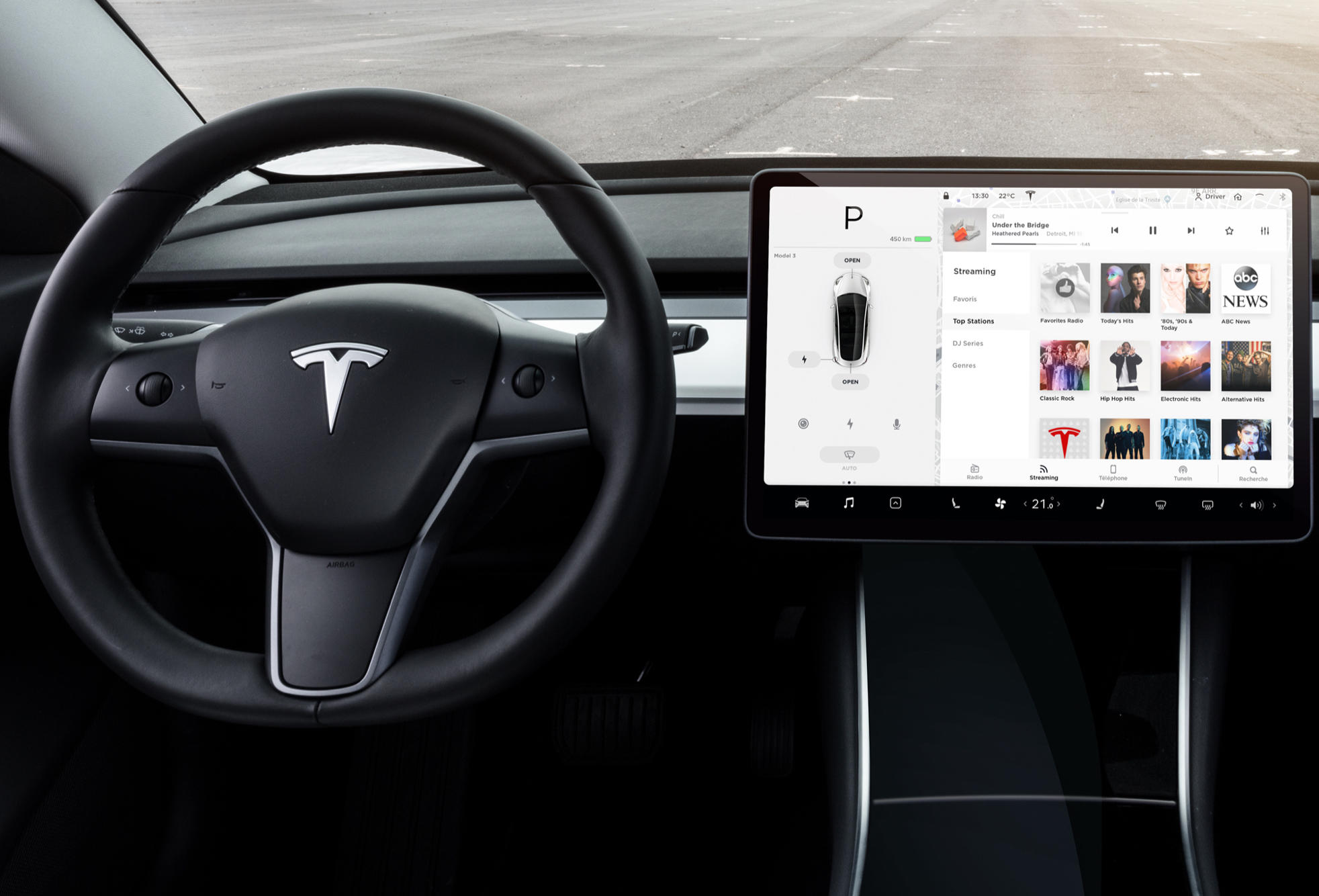As technology breaks new ceilings, phenomena that we once considered dreams are now a reality. Automation is increasingly taking hold of the vehicle industry. Mckinsey and Company estimate that AI-enabled automation opportunities in the sector could reach an annual value of $215 billion by 2025.
When speaking of automation and intelligent manufacturing in the automotive sector, the first thing that comes to mind is an image of robots carrying out tasks that humans used to execute by hand. For example, assembly line tasks such as component assembly, welding, and painting have long been automated.

However, we’re now witnessing another wave of intelligent automation hit vehicle manufacturing. Here are 3 instances of how the sector and its periphery are changing.
Smart Cars
The biggest advance in motoring has been the advent of smart cars or self-driving cars. Self-driving technology has long been in the making, with manufacturers experimenting as far back as the 1990s. While cars still can’t drive themselves, they have developed various abilities thanks to this research.
For instance, cars can monitor the road ahead and execute smart cruise control tasks such as slowing down, speeding up, or changing lanes with minimal driver input. In addition, some car manufacturers, such as Cadillac, fit their vehicles with driver monitoring equipment that allows the car to detect potentially hazardous driving situations caused by driver negligence.
Cars have gone from being welded physical pieces of machinery to pieces of hardware around a software package. Tesla’s vehicles, for example, receive software updates over the cloud and even send usage data to maintenance centers, thereby altering users and the Company of potentially troublesome situations ahead of time.
The countless car sensors assist drivers in every way, from braking to stability to traction control. A fully automated vehicle isn’t ready to hit the roads yet, despite Waymo’s trial in Phoenix, AZ, in 2019.
However, there’s no denying that cars can increasingly think for themselves, and the day when our cars will communicate with us in real time isn’t far away.
Dealership Marketing
Automation has hit the periphery of the auto sector. Car dealerships typically aren’t thought of when discussing automation. However, AI-powered intelligence has pushed automation to the forefront in this sector.
As more vehicle buyers use the internet to research, dealerships began expanding their advertising efforts to online channels. The problem was that digital marketing’s analytics-driven environment was a far cry from the typical magazine and newspaper advertising dealers were used to.
The result was that marketing employees spent more time creating ad graphics and uploading them instead of minimizing spending and maximizing click efficiency. The other problem was that dealers could not use the data they collected to customize vehicle offerings.
Dealership marketing support software has simplified this process. Dealers can now replicate the physical purchasing process online. For example, when a prospect visits a lot, the salesperson gets to know their requirements and shows them only those good-fit vehicles.
Thanks to AI-assisted technology, dealers customize their vehicle offerings in an online ad, which allows them to sell to a customer in a highly specialized way. AutoLeadStar will enable dealers to create customized website visit experiences based on user data.
Everything from prospecting to follow-up to ad optimization is automated, which leaves employees free to monitor analytics and create better campaigns. As a result, prospects find the vehicles they want, and dealers reduce their costs incurred via marketing.
Dealership Website Accessibility
As dealerships and manufacturers increasingly invest in online experiences, the quality of their websites and online marketing material assumes greater importance. A website is much more than a business card; it’s a virtual showroom.
Creating an accessible website is a difficult task, as websites are constantly being updated with new content, and this content has to be accessible as well. When done through a developer, this task takes a lot of time and money. However, people who use special technology, such as screen readers and disability assistants, are disadvantaged since many websites are not accessible. However, people who use special technology, such as screen readers and disability assistants, are poor since many websites are not accessible.
AI is the solution once again as a solution provider accessible automates this process for you. The result is a website that is fully accessible, affordable, maintained, and compliant with Athe Americans with Disabilities Act (ADA) regulations and Web Content Accessibility Guidelines (WCAG).
Here to Stay
The auto sector was one of the first industries to adopt automation, and it’s now on the cusp of a second wave of intelligent automation. This wave is powered by AI algorithms that train themselves on vast datasets to produce elegant solutions. But, as you can see, even the periphery of the auto sector is impacted by these technological advances.

